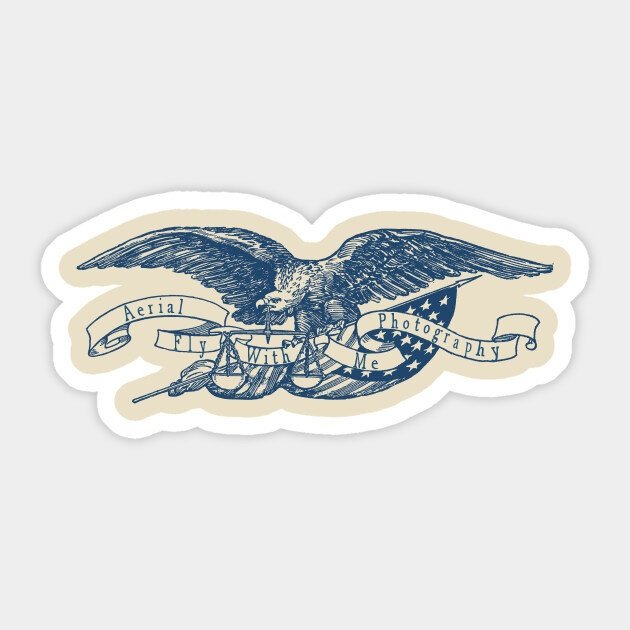Drone Photography and Videography: Capturing Stunning Aerial Perspectives
Drone photography and videography have revolutionized the way we capture the world around us, offering breathtaking aerial views that were once only possible with expensive helicopter rentals. Equipped with high-definition cameras, drones have become an essential tool for photographers and videographers, allowing them to create stunning visuals from unique perspectives (The Drone U).
The Rise of Drone Photography and Videography
The demand for drone photography and videography services is skyrocketing, with the market projected to reach nearly $3.5 billion by 2033 (DJI Insights). This surge in demand is fueled by industries such as real estate, tourism, and marketing, which are leveraging aerial photography and videography to showcase properties, destinations, and projects in a captivating way (Equinox SDrones, FlyGuys, Thrive Agency).
Latest Drone Technology
The drone industry is rapidly advancing, with innovations in artificial intelligence, machine learning, and counter-drone technology shaping the future of aerial photography and videography (Commercial UAV News, DHS, MineSoft). DJI, the world's largest drone manufacturer, continues to release cutting-edge drones like the Mavic 3 Pro, Mini 4 Pro, and Air 3, which offer superior image quality, extended flight times, and advanced obstacle avoidance systems (DJI).
Drone Photography Techniques
Mastering drone photography requires a combination of technical skills and creative vision. Shooting straight down can result in powerful, abstract photographs, while capturing patterns, lines, and shapes can create visually striking images (Adobe, PhotoPills). Understanding the rules of where you can fly, leveraging maps and weather forecasts, and timing your shots right are also crucial for capturing breathtaking aerial photos (NY Times).
Drone Videography Tips
Creating cinematic drone footage is an art that requires smooth and deliberate movements, avoiding abrupt changes in speed or direction (DocFilm Academy). Visualizing the shots you want to take, using ND filters, and changing your frame rate can also enhance the quality of your aerial videos (SkillSuccess, AudioSocket). Essential drone videography shots include the aerial pan, tracking shot, pedestal shot, flyover, and reveal (Pond5).
Best Drones for Photography and Videography
Choosing the right drone for photography and videography depends on your budget, skill level, and the type of projects you plan to work on. The DJI Air 3 has been hailed as one of the best drones for most photographers and videographers, offering a 48MP camera, 8K video, and a 45-minute flight time (NY Times Wirecutter). Other top drones include the DJI Mavic 3 Pro, Autel Robotics EVO II V3 Pro, and Sony Airpeak S1 (Digital Camera World, Adorama).
Conclusion
Drone photography and videography have opened up a world of creative possibilities, allowing us to capture the beauty of our planet from entirely new perspectives. As drone technology continues to evolve and become more accessible, we can expect to see even more stunning aerial visuals in the years to come.
Whether you're a seasoned photographer or just starting out, drones offer an exciting way to take your photography and videography skills to new heights. So why not give it a try? The sky's the limit!


